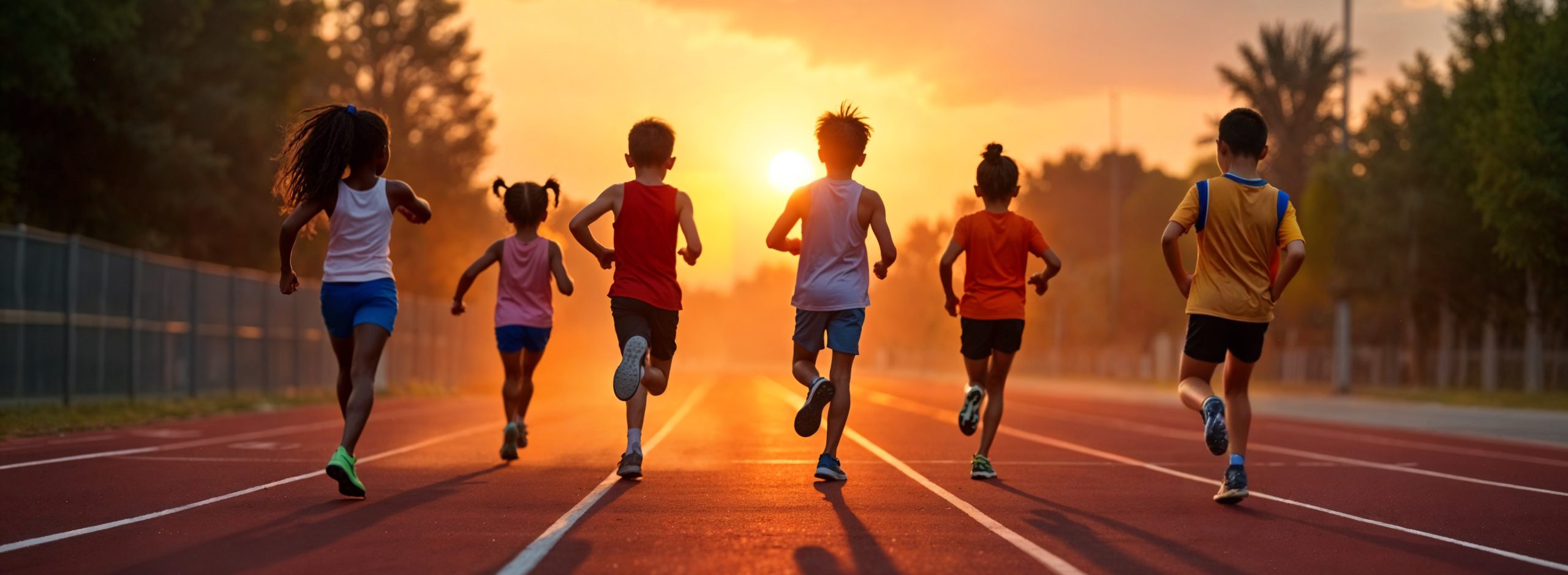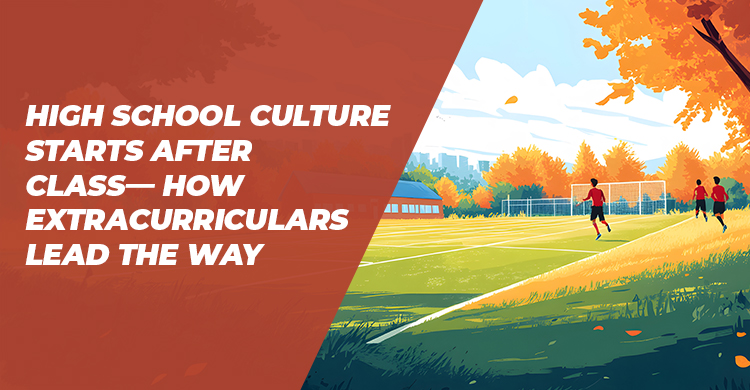Rightfully so, the emphasis in schools today is on developing the best programmatic opportunities possible to accelerate the academic performance of each student. To that end, the most successful schools are indeed powered by a vibrant, organic, ever-changing, and improving school culture (Reason, 2015).
Thoughtful educators today must remain cognizant of the factors that help to build a truly dynamic school culture. One of the undeniable elements of a thriving school culture today are vibrant activity and athletic offerings. Without question, a school that is replete with strong offerings in these areas creates an emotional connection with students and staff alike. Athletics and activities can truly shape school culture, benefiting the students we serve and equipping them to achieve all the important outcomes of a high school education.
The powerful impact of activities and athletics
High school culture is a defining factor in shaping the experiences of students, staff, and the broader community. A school’s culture reflects its shared beliefs, values, and expectations, which in turn influence student engagement, academic success, and overall morale. While many elements contribute to the construction of school culture, athletics and extracurricular activities serve as particularly powerful forces. These programs function as the “front porch” of the school, providing visible and influential demonstrations of its values (Rally, 2025). When intentionally structured and aligned with a school’s mission, vision, and values, athletics and activities can significantly enhance school culture, fostering student belonging, engagement, and overall success.
The best connections happen after class
Athletics and extracurricular activities create opportunities for students to engage with their school community in ways that transcend the traditional classroom setting. Participation in these programs fosters teamwork, discipline, and leadership–-all of which contribute to a positive school climate (Gruenert & Whitaker, 2015). According to Rally! (2025), successful school leaders recognize that every action within a school contributes to its culture, whether intentional or not. This means that the way athletic teams conduct themselves, the sportsmanship displayed at competitions, and the level of inclusivity in extracurricular activities all shape students’ perceptions of their school environment.
A positive school culture is built through consistent, intentional efforts to create an inclusive and supportive atmosphere. When student-athletes, club members, and performing arts participants are encouraged to model respect, perseverance, and collaboration, these behaviors become embedded in the larger school culture. Additionally, athletics and activities serve as a unifying force, bringing together students, faculty, and families to celebrate shared experiences, strengthening school identity and pride.

Students need to see school values in action
The presence of well-structured extracurricular programs reinforces school values in tangible ways. For instance, a school that prioritizes respect and integrity must ensure that these principles are evident in the behavior of its student-athletes and club leaders. When a school’s culture is aligned with its extracurricular programs, students experience a consistent and reinforcing message about what is valued within the community (Rally!, 2025). This alignment can be achieved through initiatives such as leadership training for team captains, community service projects led by student organizations, and structured mentorship programs that connect older students with younger peers.
Research highlights the importance of these programs in fostering student engagement. Studies have shown that students involved in extracurricular activities demonstrate higher levels of school satisfaction, increased academic performance, and a stronger sense of belonging (Dweck, 2016; Ryan & Deci, 2000). By providing students with a platform to develop their interests and talents, athletics and activities contribute to a school culture that values personal growth and achievement.
What great leaders do to strengthen school culture
Effective school leadership plays a critical role in leveraging athletics and activities to build and sustain a positive culture. School leaders must intentionally design and promote extracurricular programs that align with their institution’s mission, vision, values, and goals. As highlighted in Rally! (2025), a lack of intentional planning can lead to a fragmented or even toxic school culture, where negative behaviors become normalized due to the absence of clear expectations.
To create a thriving culture, school leaders should actively celebrate student successes, both on and off the field. This includes recognizing acts of sportsmanship, academic achievements among athletes, and the contributions of student organizations. Furthermore, administrators and coaches should work collaboratively to instill a growth mindset, encouraging students to embrace challenges and view setbacks as opportunities for development (Dweck, 2016). By fostering an environment where effort and improvement are valued as much as outcomes, schools can cultivate a culture of resilience and high expectations.
Your school’s front porch is more powerful than you think
Athletics and activities serve as the public-facing component of a school’s culture–the “front porch” that shapes how the community perceives the institution. The way a school’s teams and organizations present themselves—whether through competition, performances, or community involvement—can reinforce or undermine the broader cultural narrative (Gruenert & Whitaker, 2015). As noted in Rally! (2025), the reputation of an entire school can be influenced by the behavior of a few individuals in highly visible roles. Therefore, ensuring that extracurricular programs reflect the school’s core values is essential.
One strategy for maximizing the positive impact of athletics and activities is to engage the community in meaningful ways. Schools can host events that emphasize character development, such as sportsmanship summits, leadership workshops, and service-learning projects. Additionally, providing students with opportunities to take on leadership roles within their teams and organizations helps reinforce the idea that their actions contribute to the school’s overall culture.
How collective choices define a strong school culture
School culture is continuously shaped by the actions, behaviors, and priorities of students, staff, and administrators. Athletics and activities provide a unique and influential avenue for reinforcing positive cultural elements, promoting student engagement, and fostering school pride. By intentionally aligning extracurricular programs with a school’s mission, vision, and values, leaders can create an environment where students feel valued, connected, and inspired to contribute to the broader community. Ultimately, the strength of a school’s culture is determined by the collective choices made each day—choices that are amplified through the visible and dynamic nature of athletics and activities.
About the educators
Casey Reason, PhD, is an award-winning author, speaker, coach, and thought leader in the areas of leadership development, digital learning, and the deep and substantive implementation of professional learning communities.
Brandon J. Larson is an award-winning athletic director, speaker, and leadership consultant. With over 20 years in education and athletics, he specializes in building leaders and strong cultures. He founded OakStrong Performance and Leadership to inspire lasting success in organizations.






